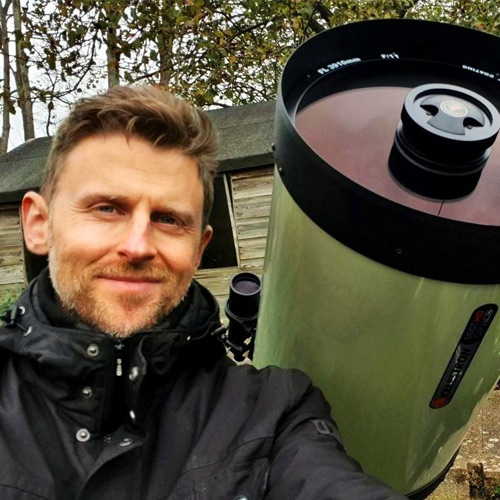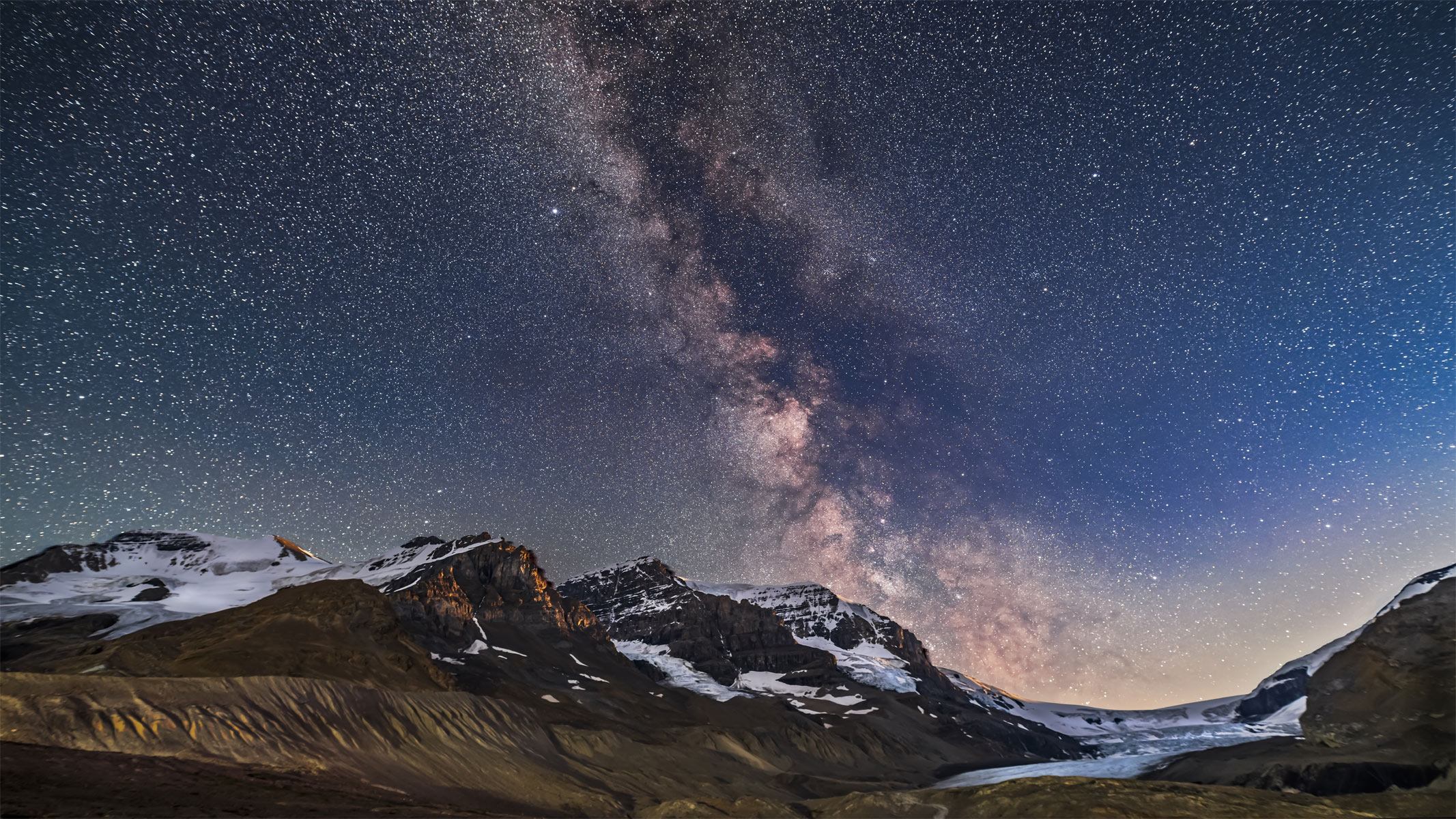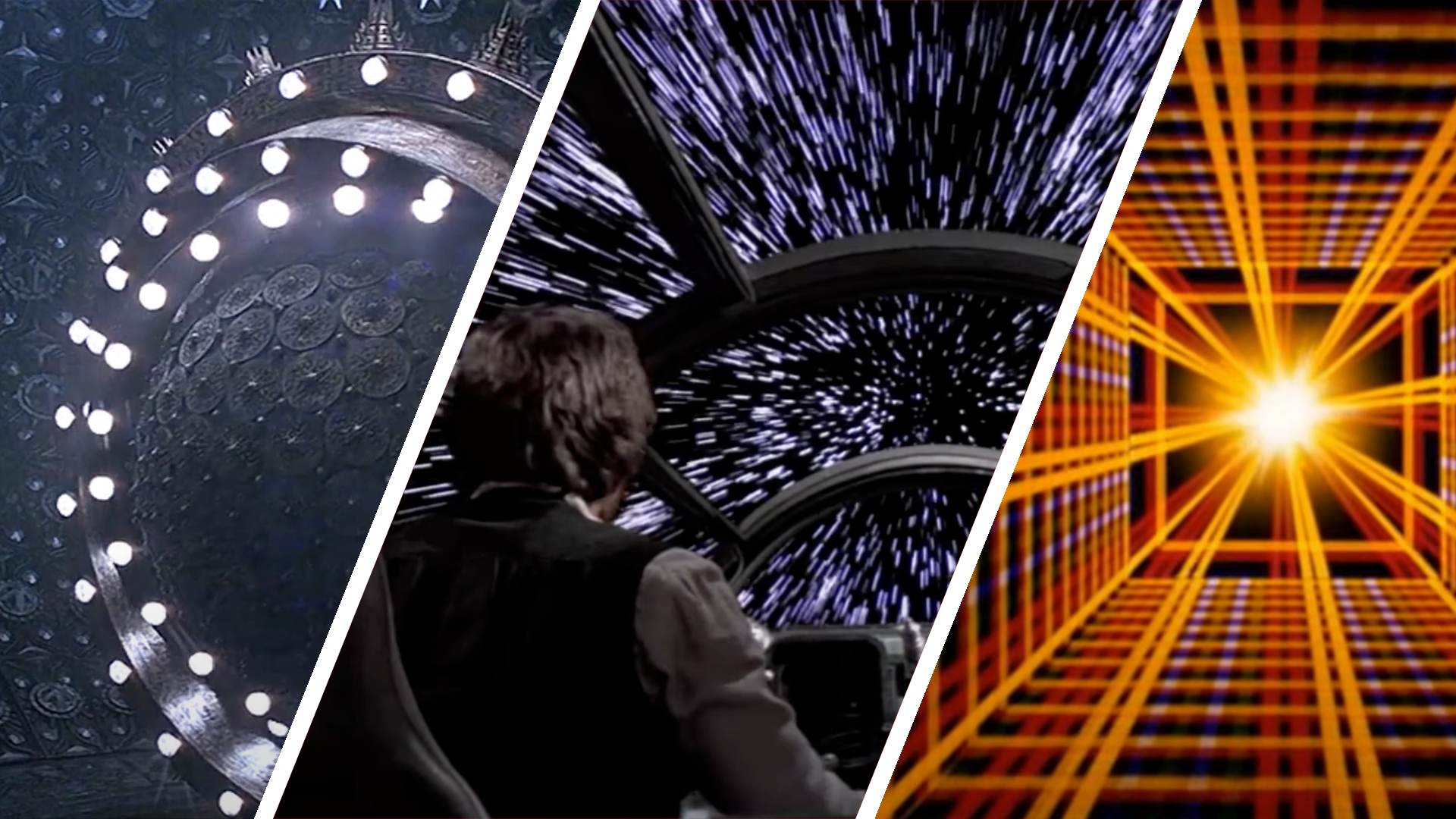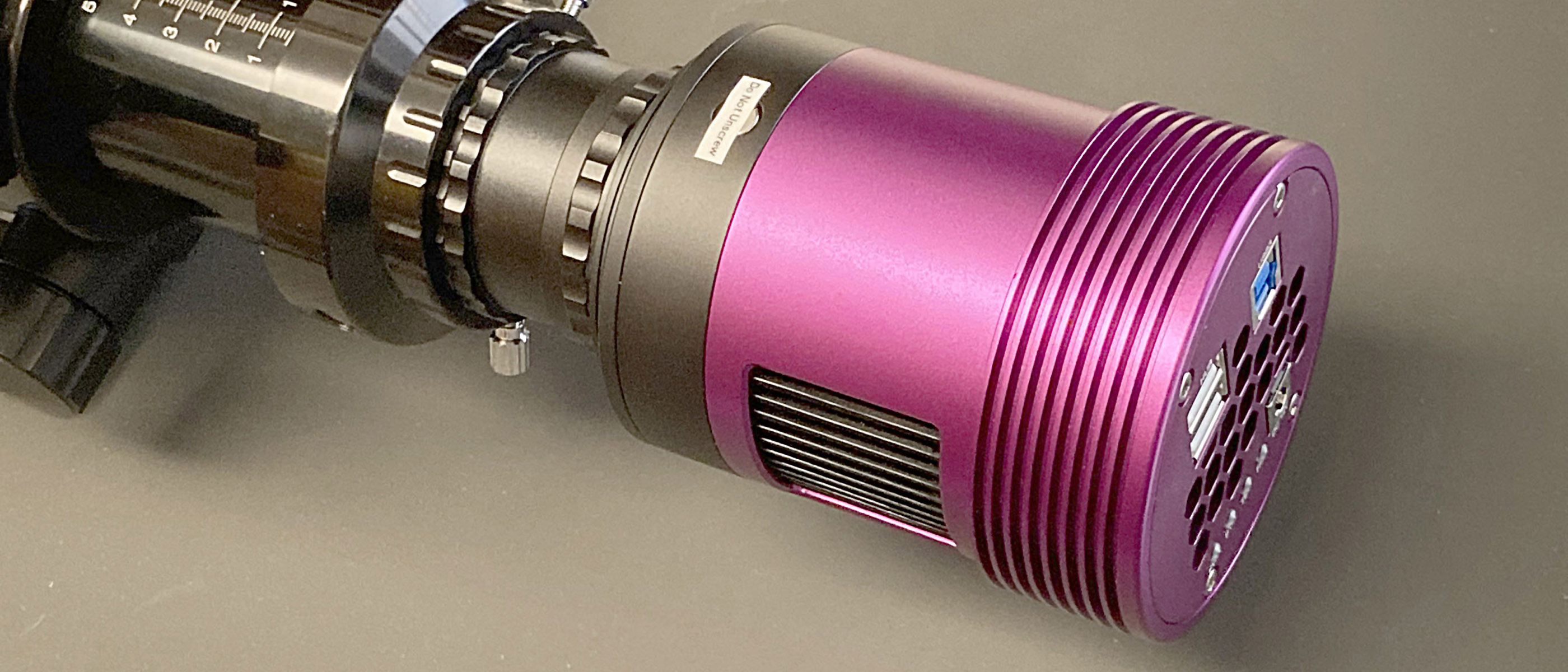What are Dobsonian Telescopes?
What exactly are Dobsonian telescopes? We explain their design and why they have such widespread popularity among astronomers.

If you're new to astronomy and trying to work out which telescope to buy, it can be tricky to get your head around all the technical terms. So if you've ever found yourself browsing telescopes and asking 'What does Dobsonian mean?', then you've come to the right place. The Dobsonian telescope design was developed by John Dobson in the 1960s, and it quickly took the amateur astronomy world by storm because it made it affordable for people to own a large-aperture telescope in their own backyard. Suddenly, faint objects like galaxies, nebulas, and star clusters were all within reach for the average beginner.
Today, Dobsonian telescopes are still highly popular among amateur astronomers, and for good reason — they're simple to build, budget-friendly and they soak up a huge amount of light. They are often built with inexpensive materials like plywood for the base and a cardboard or metal tube for the optical assembly and they feature fewer moving parts and electronics than other models, making them easy to maintain and keeping the costs down.
If you're in the market for a beginner-friendly scope, check out our guides to the best beginner telescopes and best telescopes under $500. For those looking to expand their hobby further, we also have guides to the best telescopes overall and best telescopes for deep space, along with a rundown of the best telescopes for kids for younger astronomers.
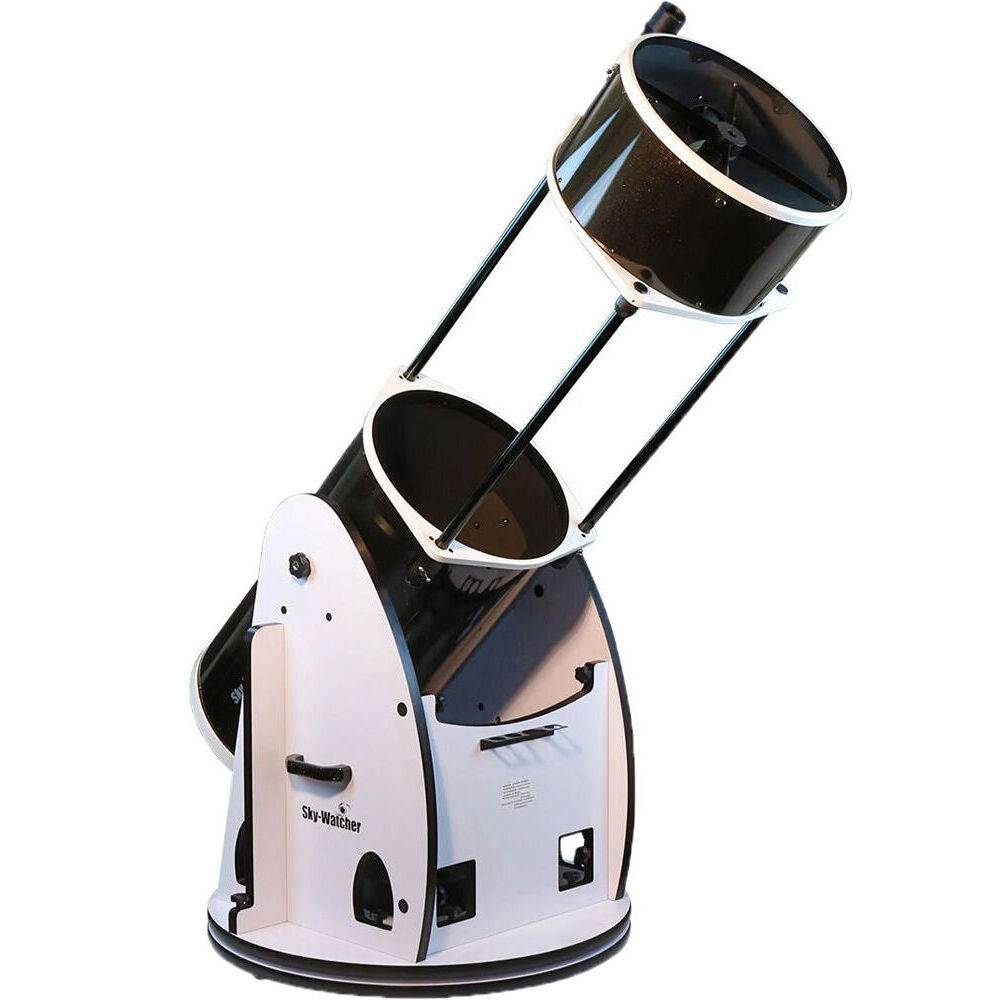
The 16-inch aperture on this Dobsonian scope makes it one of our top picks for deep-sky observation. It offers stunning views and incredible optics, along with built-in GoTo technology.

This telescope offers unrivaled value for money, especially for those interested in deep-sky objects. It features a large aperture and high-quality optics in a traditional setup.
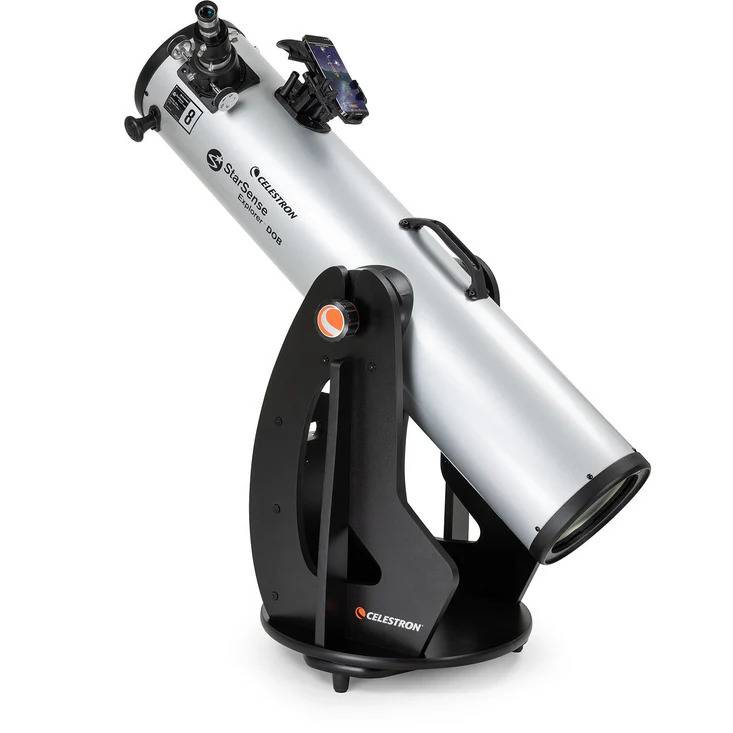
This large and detailed Dobsonian scope can be aligned using a smartphone app, making it a great all-rounder and helping you get to grips with locating things in the night sky.
What are Dobsonian telescopes?
The Classic Dobsonian Design
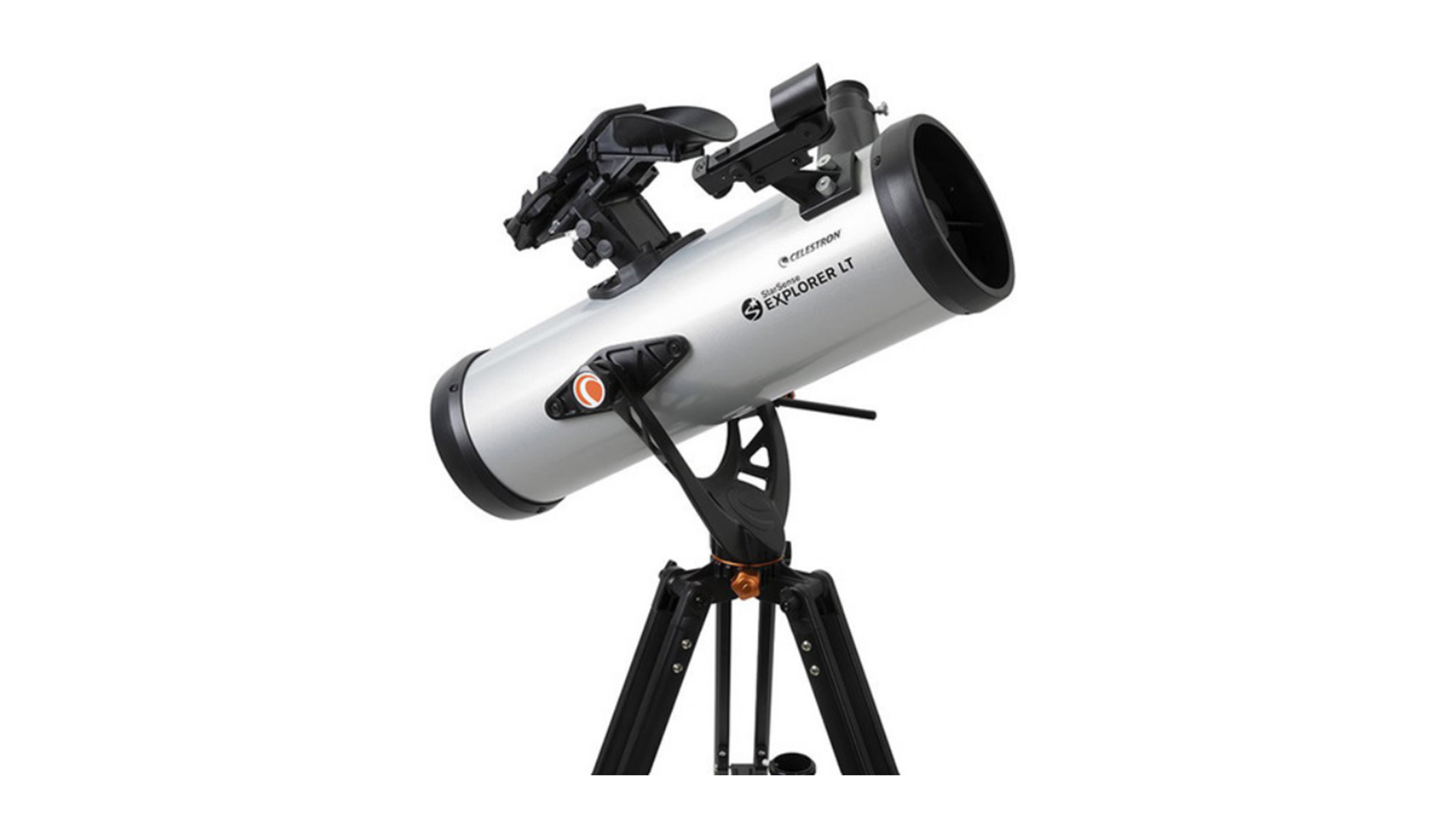
The Newtonian reflecting telescope has been in use for centuries since its invention by Isaac Newton in 1668. Unlike refracting telescopes (whose lenses are very expensive), the Newtonian reflector offers the possibility of owning a large aperture telescope while staying within a modest budget. One example of this is the Celestron StarSense DX 130AZ.
The Dobsonian uses a parabolic primary mirror to gather light and reflect it onto a secondary mirror, which directs the image to an eyepiece. They use a simple, ground-based or table-based altazimuth mount, allowing the telescope to move up and down (altitude) and side to side (azimuth). The design prioritizes stability and ease of use, especially for beginners. Additionally, they do not tend to be driven, meaning they are often moved by hand using friction bearings. This makes them more intuitive for beginners, but it's worth remembering that it requires manual tracking of celestial objects as the Earth rotates.
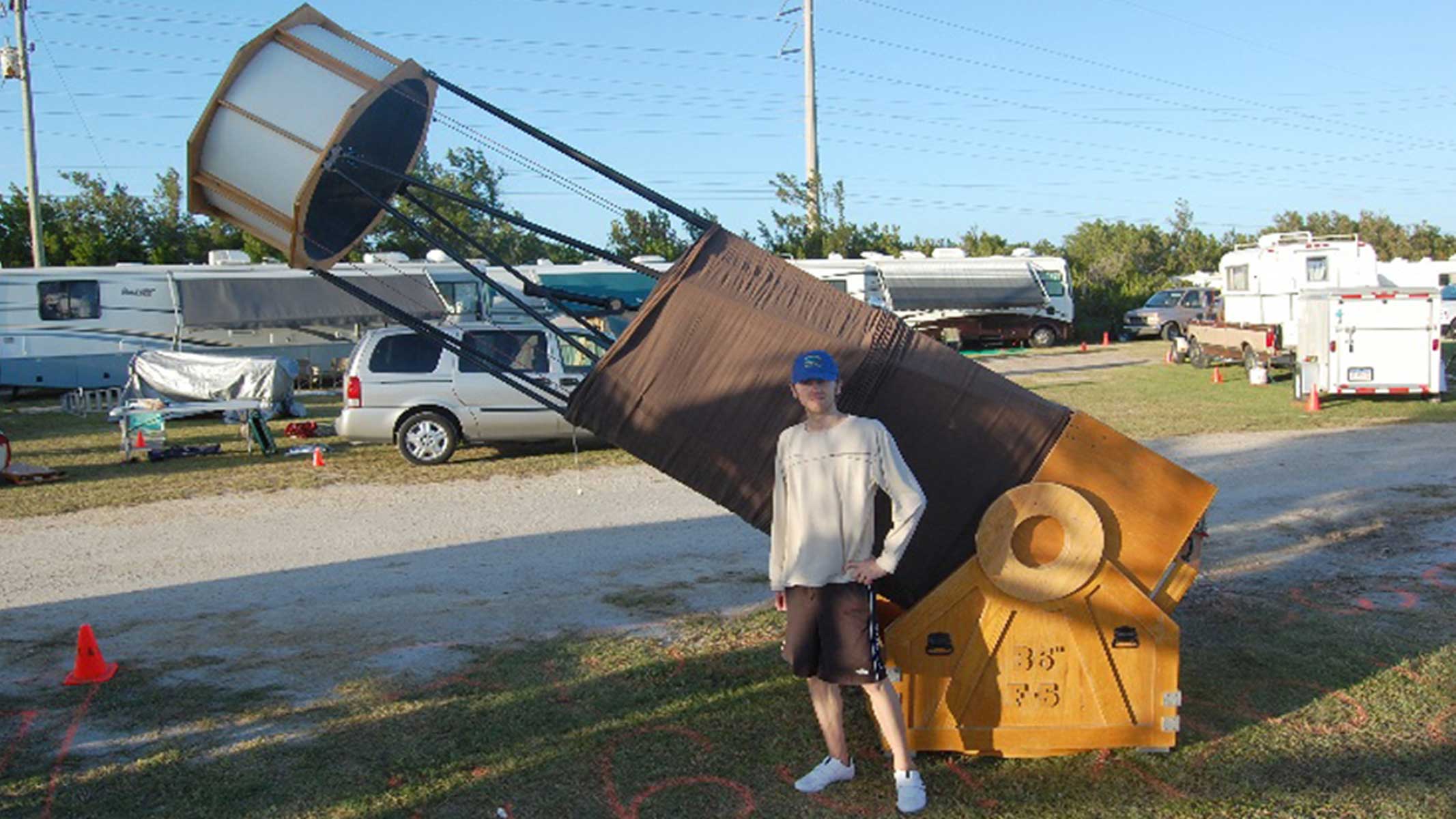
With the telescope being a Newtonian design, it means the optical system must be collimated to perform at its very best. This can be a confusing and frustrating process for the beginner as it requires time and patience. Fortunately, most come with instructions on how to collimate the telescope accurately and there is plenty of further information online for those struggling.
If you're looking to invest in a traditional Dobsonian telescope, a 10-inch to 12-inch (250-300mm) version can give a lifetime of viewing enjoyment, offering significantly more impressive views than a 4-inch or 5-inch (100-130mm) refracting telescope, especially under dark/steady skies.
Dobsonians are generally employed by visual observers who have a keen interest in the visual observation of celestial targets. The large mirrors in Dobsonian telescopes make them ideal for observing faint, deep-sky objects like nebulas and galaxies, though you can use this for planetary observations as well.
The Modern Dobsonian

As with most technology, especially in the world of optics, the modern incarnation of the Dobsonian design is an impressive instrument and a different beast from the simple setup you may have in your back garden. Manufacturers now produce fully computerized Dobsonian designs that can be employed for a wide range of different applications well beyond the pleasures of visual observing. While traditional Dobsonian designs lack motorized tracking or computerized GoTo systems, modern versions can incorporate these features, making it easier to follow objects across the sky.
Aperture sizes in more modern Dobsonian systems typically come in sizes ranging between 6-inch (150mm) and 20-inch (500mm.). Telescopes at the larger end of the scale become increasingly big and heavy, though most remain portable as they can be easily assembled/disassembled. These telescopes are designed to be disassembled for easier transportation, making them popular for stargazing trips.
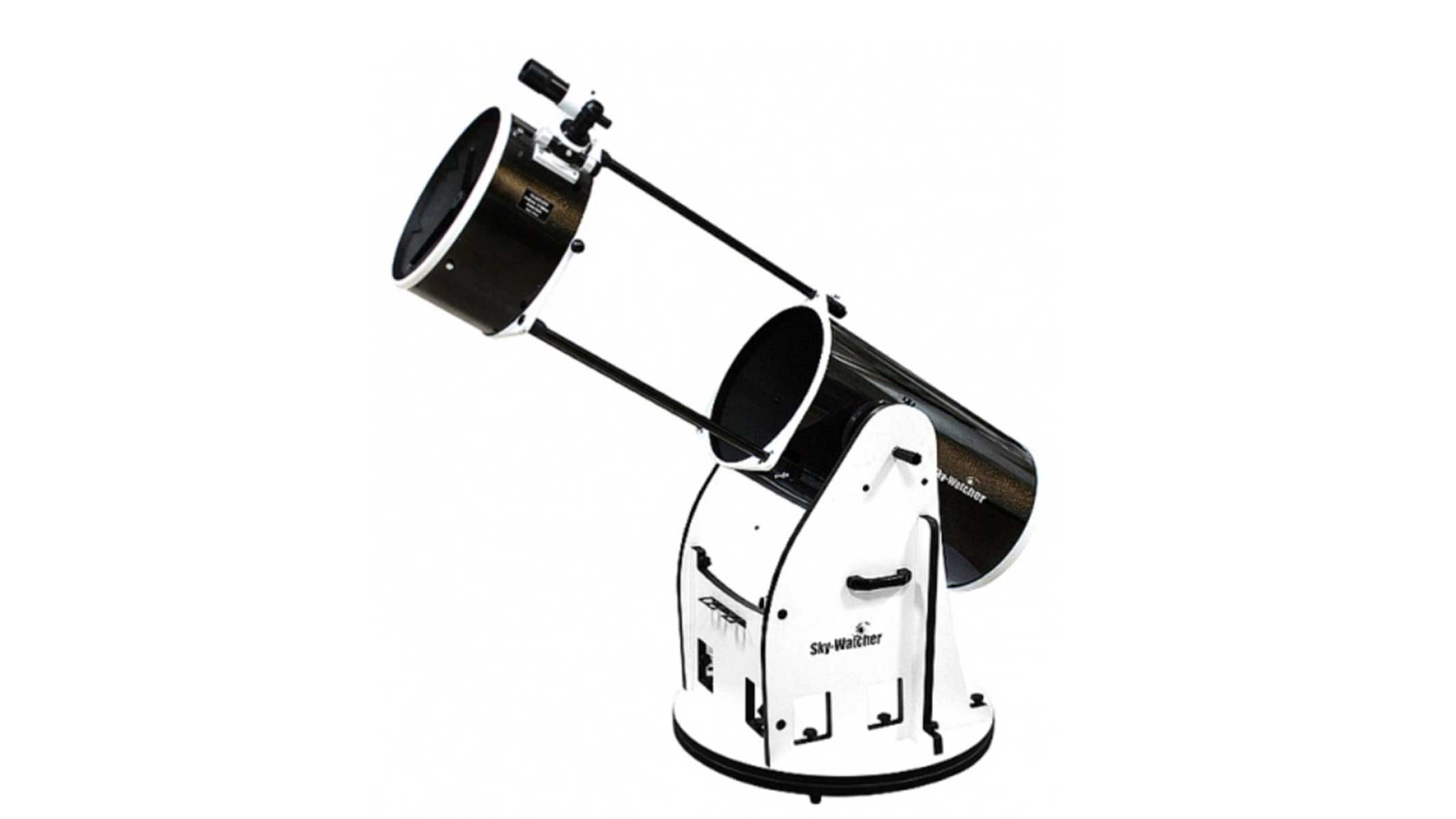
Many serious visual deep-sky observers own Dobsonian telescopes, with many owning apertures in the 20-inch (500mm) to 30-inch (700mm) range. Such a telescope allows for stunning views of nebulas and galaxies that smaller telescopes simply cannot replicate. Modern additions like fully computerized GoTo slewing, dual-axis tracking, high-quality focusers and optics mean that these can be more expensive, but companies such as Sky-Watcher have made the modern Dobsonian an increasingly popular choice for amateur astronomers worldwide.
The modern Dobsonian telescope also plays its part in astrophotography, and if you're looking to photograph a supermoon, for example, you can attach a DSLR/mirrorless camera directly to the telescope, bypassing the eyepiece, with a T-adapter and T-ring. This method lets you use the telescope's optics to capture the image.
You may need to adjust the telescope's focus to accommodate the camera's sensor. Some Dobsonians may need additional modifications like a low-profile focuser to achieve focus with a DSLR/mirrorless, and it is made a lot easier with a system that has been upgraded to include a GoTo system, which provides motorized tracking. This system helps keep celestial objects in the field of view and allows for longer exposures.
- More top deals: Telescopes on Amazon
- See the latest discounts: Telescope at Walmart
- Browse the sales: Telescopes at Best Buy
Final Thoughts
If you're just getting started looking at the night sky and wondering what else is out there, the Dobsonian is a fantastic choice of telescope for a beginner. The author keenly recalls many fine views through Dobsonian telescopes when they first began their journey into astronomy more than thirty years ago. John Dobson's revolutionary design changed the face of amateur astronomy forever and opened up the possibility of large telescope ownership to the masses.
While the Dobsonian has benefited from the advances of modern technology since it was first developed back in the 1960s, the core principle of what makes them such great telescopes remains. Anyone interested in observing the night sky should seriously consider one, especially if they are a keen visual observer. They remain the only design where a truly large telescope is within reach of many, and, as we can attest to when it comes to astronomy, aperture counts!
Join our Space Forums to keep talking space on the latest missions, night sky and more! And if you have a news tip, correction or comment, let us know at: community@space.com.
Get the Space.com Newsletter
Breaking space news, the latest updates on rocket launches, skywatching events and more!
Damian A. Peach FRAS is a British amateur astronomer, astrophotographer, lecturer and author. Best known for his photographs of a wide variety of astronomical objects. His career in the field spans over thirty years. Peach's passion for Astronomy first began in 1988 inspired by books in his school library. Later he joined the British Astronomical Association (BAA) in 1996 and since then has contributed large amounts of observations to the various observing sections and also written and co-authored many papers in the organization's journal. He was awarded the organization's prestigious Merlin Medal in 2006. The same year he was also awarded the Association of Lunar and Planetary Observers (ALPO) Walter H. Haas award for his contributions. Peach has provided astronomical images for magazines and books throughout his career. His images have been featured in Astronomy Magazine, Sky & Telescope, Astronomy Now & The Sky at Night. He has also authored articles on astrophotography for these magazines. Peach has also been a co-author on several professional scientific papers on planetary astronomy, especially regarding work on Mars and Jupiter. He was one of only a few amateur astronomers to have work featured as part of the national Explorers of the Universe exhibition at the Royal Albert Hall in 2007. His work has also appeared at the Edinburgh Science Festival, and The Royal Greenwich Observatory. Peach's work has also been used by NASA and ESA to illustrate what ground-based telescopes can achieve in photographing the planets, and the support they can provide to professional space probe missions.
